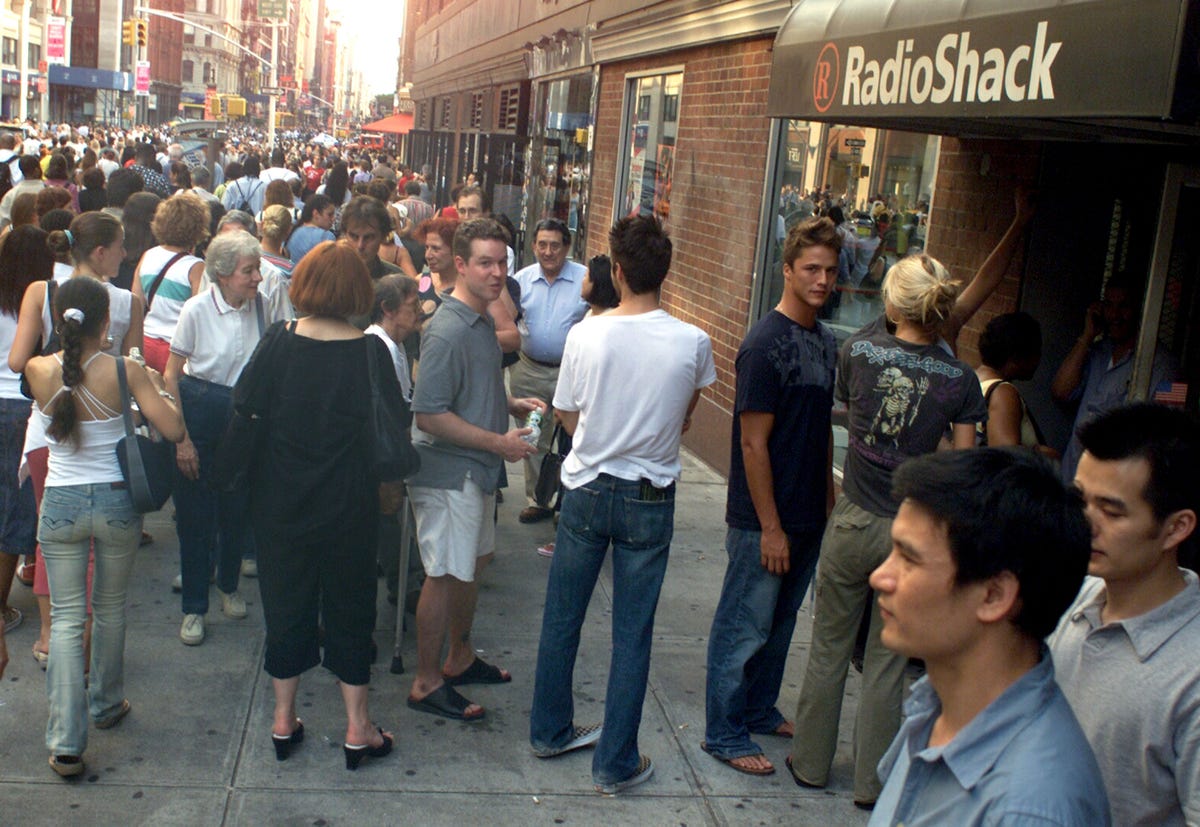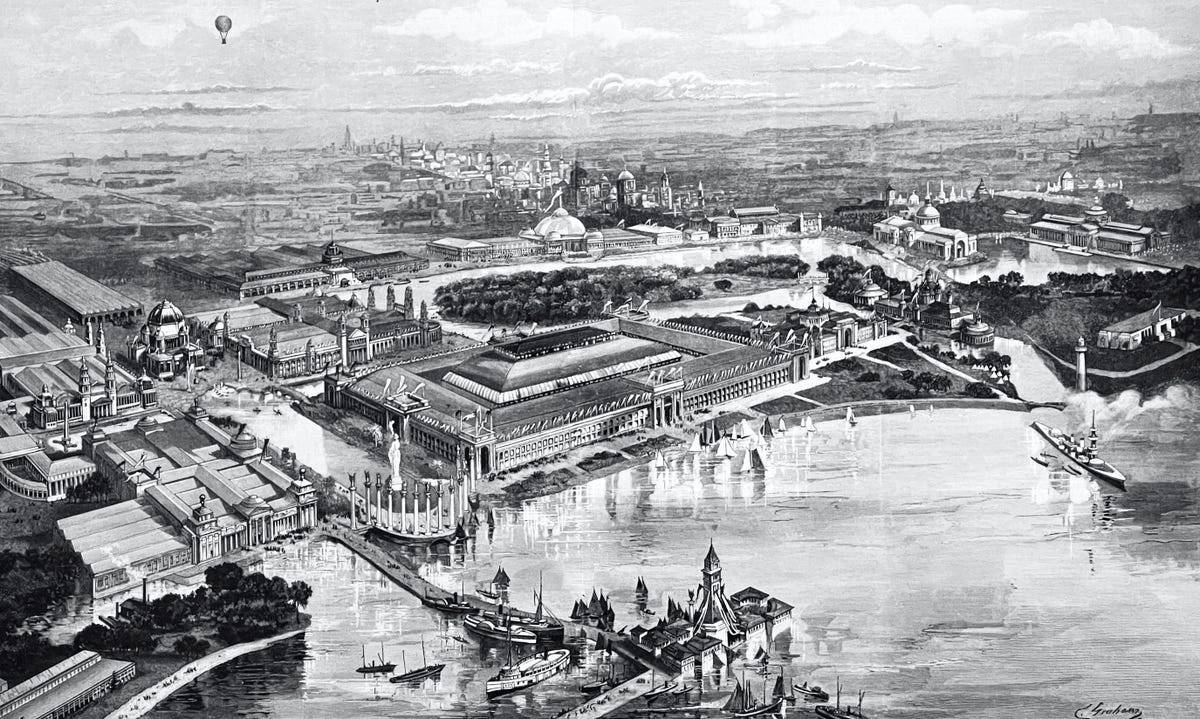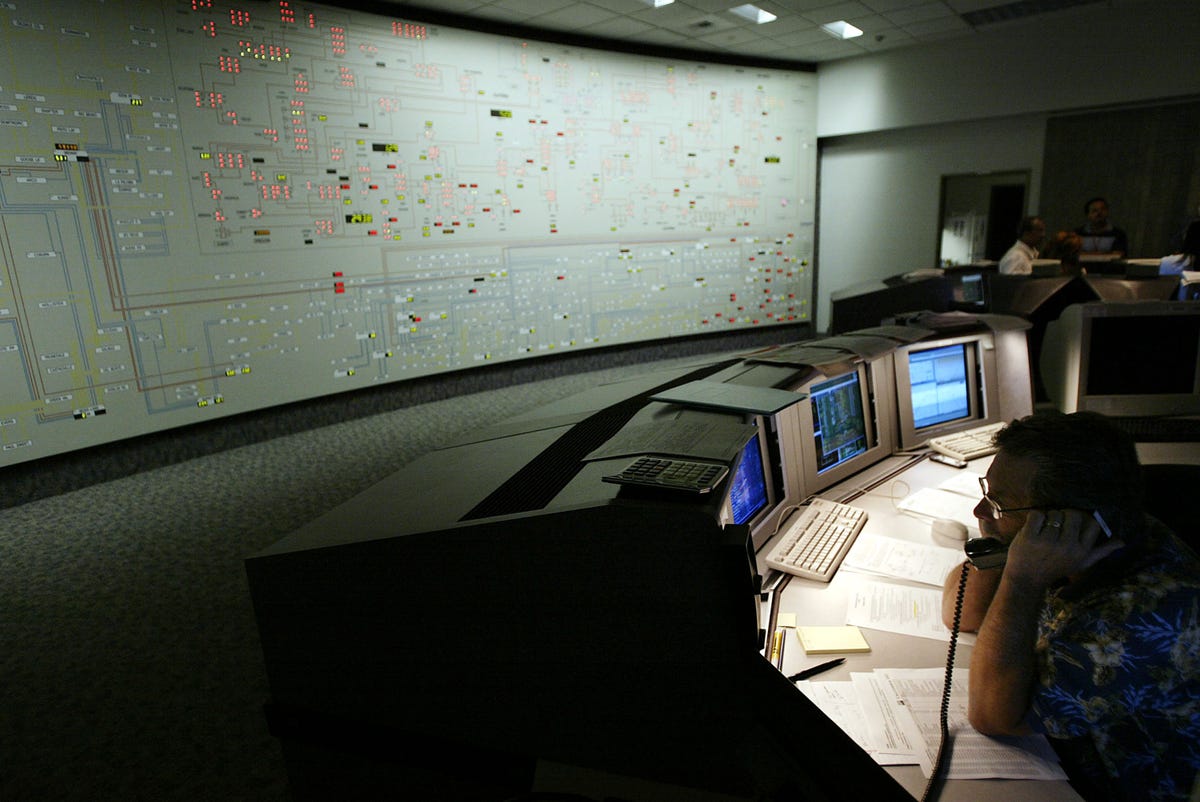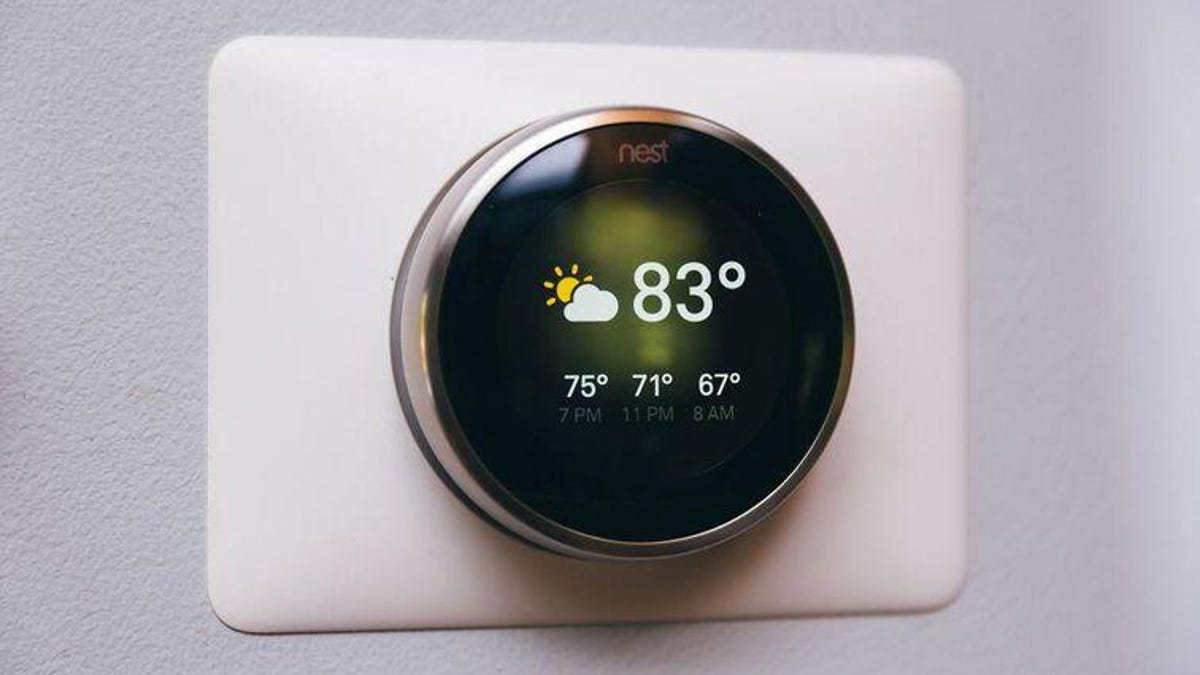On Aug. 14, 2003, a tree branch struck a power line in northern Ohio. within minutes, 21 power plants shut down due to a series of errors. Fifty million people from Ohio and across the northeastern United States and Canada were affected. Around 100 people edited.
Some areas regained power within a few hours, while others waited days. In New York City, people fled subways in droves, walking across bridges to get home. Others waited hours in lines to buy batteries and other supplies. It was one of the largest blackouts in US history and cost the US $4 billion to $10 billion. It began to shed light on how broken the existing system is and how much change is needed.
“I think it’s amazing that the system’s not worse than it is,” says Johanna Mathieu, associate professor of electrical engineering and computer science at the University of Michigan. “Most people don’t appreciate how hard it is to keep the lights on.” Supply and demand must always be balanced, but increasing strain on the grid is creating new challenges.
Blackouts are becoming more common, as the grid struggles to adjust to the shift to electric vehicles and the increase in the frequency and severity of storms amid climate change. Errors that result in debilitating outages, like the 2003 blackout, exacerbate growing energy demands.

New Yorkers wait in line for supplies during the 2003 blackout.
Paul Hawthorne/Getty Images
To counteract these pressures, a new generation of academics concerned about grid reliability are dreaming up solutions. The goal: to ensure reliable power now and into the future knowing the strains are only going to worsen. Renewables play a central role in these upgrades, particularly to help reduce the strain climate change puts on the grid.
“We need to integrate terawatts of renewable energy. If we do not do that, we will not be able to mitigate the change of the climate going forward for the next couple decades,” says Mads Almassalkhi, associate professor in electrical engineering at the University of Vermont and chief scientist at Pacific Northwest National Laboratory, in a 2021 podcast episode. “I think there are not many other problems more important over the next couple of decades.”
A system built in the 1800s
Today’s US power grid is made up of 360,000 miles of transmission lines, enough to circle Earth’s equator more than 14 times. But that’s only part of the equation. The full power grid includes an intricate network of power plants and technological systems, along with those transmission lines.
“Anything that uses electricity, in my head, is a part of the power grid, anything that produces electricity is a part of the power grid, anything that transports electricity is a part of the power grid,” explains Amrit Pandey, special faculty in the electrical and computer engineering department at Carnegie Mellon University.
But it didn’t start out that way.
The power grid in the US got its start in the 1880s, when Thomas Edison debuted the first power plant using direct current electricity. “I guess being a capitalist, he was like, ‘OK, I invented this electricity. Well, we have to make money out of it,'” Pandey says. Edison invented a generator that provided electricity to rich New York City residents, but it had limitations. “What they very quickly begin to realize is that with the system that he invented, DC electricity could only be transported for a short distance.”
Nikola Tesla entered the scene with his alternating current and won a bid over Edison to debut his creation at the World’s Fair in 1893. AC electricity can adjust to different voltages, making it more flexible and reliable for transmission, including over longer distances.

An illustration of the 1893 World’s Fair in Chicago where Tesla showcased alternating current.
clu/Getty Images
Today’s grid and on a combination of AC and DC electricity, but Tesla’s alternating current, developed in the 1800s, is still the prevailing technology in use. As the interest in electricity grew, transmission lines spread across the country.
“This system was never designed in any kind of optimal way that engineers like to think about optimal design,” Mathieu says. “It just was built and added on and connected. It’s not how you would build a system from scratch.”
A massive transformation
“The electric grid is undergoing a transformation never before seen,” Brandon Morris, strategic communications manager at Midcontinent Independent System Operator, says over email. MISO oversees the flow of electricity in 15 states mainly in the Midwest and South, and in the Canadian province of Manitoba. Coal, gas and other fossil fuel sources are being swapped out for solar and other renewables that may not have constant availability due to weather and related factors. At the same time, there’s a growing demand for electricity.
“If you think about how people consumed electricity in 1990, it is very different from how we consume it today,” says Pandey. All of the electronic devices we use today put more strain on an already-old grid that just a few decades ago only had to keep up with refrigerators and other basic household appliances. Tech giants like Google, Meta and others consume a ton of electricity too, he adds.
Climate change also has a serious effect on the grid. A 2022 report from the North American Electric Reliability Corporation cautioned that the US could see an increase in blackouts due to severe weather. The report specifically called out MISO as particularly vulnerable because of reliability concerns associated with ongoing grid maintenance and increased energy demand.
Drought and extreme heat in parts of the US could also exacerbate grid reliability, the report said.

Electricity supply and demand must match at all times.
David McNew/Getty Images
“[Blackouts are] happening more and more, of course, not just because of mistakes and little issues, but because of natural disasters that are caused by climate change,” explains Mathieu, the University of Michigan professor.
All of these challenges are compounded by the grid itself, which is nearly 150 years old. “It’s not even clear how to triage some of these issues, because the infrastructure is so old and the documentation and details of what’s connected to what isn’t sometimes accurate,” Mathieu says. “So you’re dealing with old stuff, broken stuff. It’s a messy, messy problem [trying to keep the lights on].”
Fixing the grid
Researchers are exploring different approaches to address all of the challenges the US grid is facing, and ultimately keep the lights on. Pandey, the Carnegie Mellon professor, is primarily focused on creating computer models to identify different ways forward.
Since the actual grid needs to be balanced at all times, you can’t test different scenarios in the real world. Computer models are the next best thing, Pandey says. “I’ll run these different ‘what if?’ scenarios and make sure that the grid operates as expected or reliably and if not, then I’ll do some sort of decision making.”
But more experts are needed. “Ten years ago, power system engineers could run the electric grid reliably. That’s no longer true,” Pandey says. Now you need data scientists, applied mathematicians, power systems specialists and people who understand transportation because of the emergence of electric vehicles. “You need a very collaborative environment, people from [all these supply chains] linked together to solve these problems.”
Mathieu is especially interested in distributed energy resources, or DERs, to tackle changing grid reliability. DERs are solutions that enable individual households to help address strain on the grid using smart home devices.
One project she’s working on focuses on residential air conditioners and smart thermostats. To better balance power supply and demand, a third party could access smart thermostats in homes and adjust when they cycle to maintain a certain temperature based on what’s happening with the grid. Mathieu says the desired temperature for each home would still be maintained, so individual comfort wouldn’t suffer.

Giving a third party access to your smart thermostat could help ease the strain on the grid.
Chris Monroe/CNET
The challenge is getting Americans to trust an outside entity with access to their Nest or Ecobee thermostat. “I personally think that if the utility companies were running these programs, most people would say no because they don’t have trust in their utility,” says Mathieu. “They’re more likely to trust a company, which is an interesting American paradigm.”
She also thinks building up enough renewable power so that there’s an overabundance would address the concerns about solar and other renewables being as readily available and reliable as fossil fuels, which are not dependent on weather conditions. “It’s OK if we waste some solar power,” Mathieu says. “It’s not like it’s turning into any bad product by wasting it — you’re just turning off the solar cell for a couple hours.”
Almassalkhi, the University of Vermont professor, likes the idea of a global grid. Solar energy might depend on the weather, but when it’s night somewhere, it’s daytime somewhere else. “The sun shines at any given time on the planet, somewhere,” he says in the podcast. “If we could connect these time zones based on solar array stations, wind farms across the globe, we could supply the whole world at any given time.”
Whatever the solution, everyone agrees that we have to do something fast. While the US was spared major blackouts this summer, old technology and an increase in storms, drought and high temperatures is only going to continue, Mathieu says. The potential costs, as the country learned from the 2003 blackout, can be severe.
“The 2003″ [blackout] is the one we teach in school,” she adds. “It’s the big one of like, ‘How did this get so bad and how can we fix this going forward?'”
